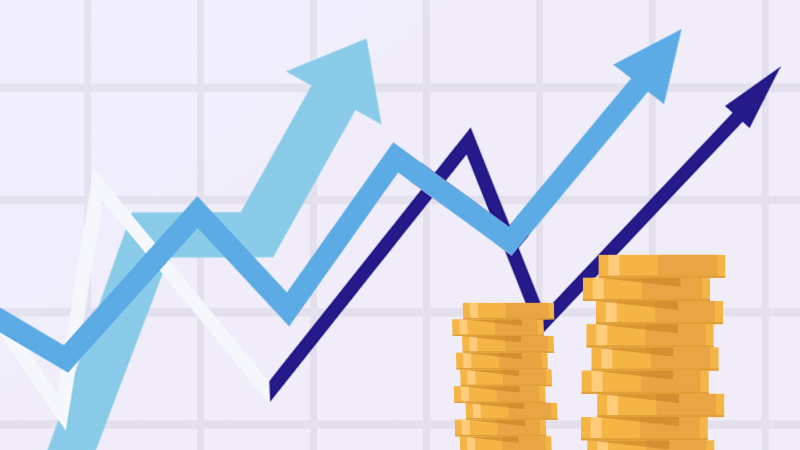
The Good, Bad, and Ugly: Global Economy Faces Growth and Inflation Hurdles


As the global economic growth decelerated further reaching the midpoint of the third quarter and marking its slowest pace in seven months, global selling prices, despite a minor decline, remained elevated compared to historical benchmarks, largely driven by persistent service sector-led inflation, as per a recent report by S&P Global.
The global economic growth slowed down further as it reached the midpoint of the third quarter, marking the slowest pace in seven months. Despite a slight dip, global selling prices remained high compared to historical trends, mainly due to the persistence of inflation driven by the service sector.
The J.P.Morgan Global PMI Composite Output Index, formulated by S&P Global, reported 50.6 in August, a drop from 51.6 in July. This decline marks the third consecutive month, with the current pace being the most lethargic since global growth resumed in February. The present rate equates to a yearly quarterly global GDP growth of just under 1%, falling short of the typical 2.9% average.

Output growth persisted solely within the service sector, as manufacturing output decreased for the third month, though only slightly. Goods saw a record decline in new orders, a trend paralleled only by the Global Financial Crisis, which contributed to the ongoing dip in production. The primary contributors to these changes include global trade frailty and destocking. However, the peak of the global destocking trend might provide a silver lining in future months.
The service sector continued to grow, but at a diminishing rate, the weakest since January. This decline in momentum is partly due to dwindling consumer services, especially as the recent uptick in travel begins to wane.
Because of these shifts in demand, the rate at which selling prices rose, for both goods and services, diminished during the most recent survey period. The pace of this inflation suggests a potential global CPI around 4% in the near future, absent any strong indicators of a reduction. We await the upcoming September PMIs to assess the inflation's resilience.
Key August PMI insights include: A noticeable slow down in both manufacturing output and services activity growth, leading to reduced global growth momentum.
Inflation remains stubborn, even though selling price inflation has decreased slightly.
Demand conditions softening and shrinking backlogs could negatively impact future outputs, but a brighter sentiment, bolstered by a surge in services optimism, is evident.
The Good, the Bad, and the Ugly
The Good: There's Still Hope
While the latest August PMI highlighted global weaknesses, especially with manufacturing contraction and sluggish services activity growth, there are still positive developments regionally.
Despite the global deceleration, Japan's growth, as per PMI data, was the quickest in three months. Japan's service sector growth surged in August, boosted by increased new business inflow, although manufacturing remained stagnant.
Among emerging markets, India stood out by expanding at one of its fastest rates in a dozen years, with manufacturing overshadowing services in August. Russia also saw growth, primarily driven by the service sector.
The Bad: Persistent Price Challenges
Global PMI selling prices, spanning both goods and services in key emerging and developed markets, dipped slightly from 53.7 in July to 53.4 in August. This suggests possible declines in the global CPI in the upcoming months.
Nonetheless, the current global PMI selling prices align with global inflation sticking close to 4% in the short-term. This remains distant from the 2% target set by global central banks, posing challenges for policymakers.
Potential positive indicators like the cooling job market in developed countries might ease wage inflation. However, this is counterbalanced by accelerated employment growth in emerging markets in August and concerning rises in oil prices, particularly affecting transportation costs.
The Ugly: Waning Confidence in Manufacturing
August maintained the trend of a weakened manufacturing sector, marking the most challenging period since the Global Financial Crisis. Although production decline was less severe than in July, optimism in the sector hit a nine-month low, dampening hopes for an imminent recovery.
Related Insights:
View All
Get more stories like this
Subscirbe for more news,updates and insights from Beroe






